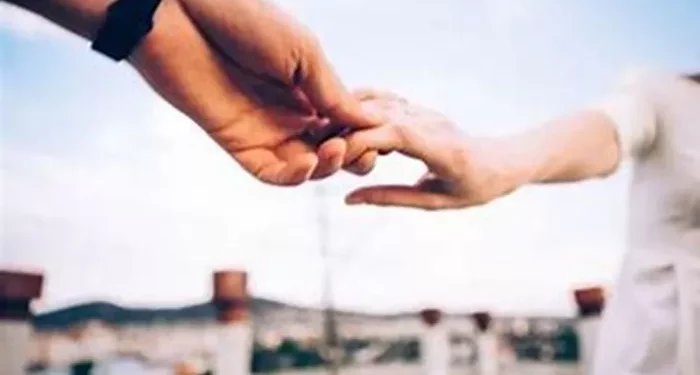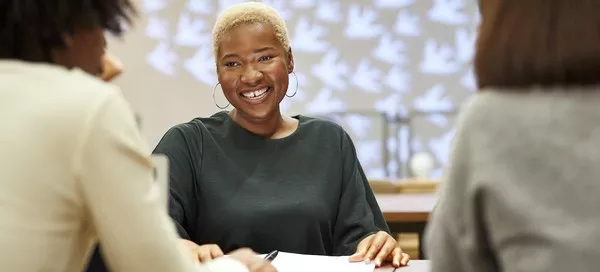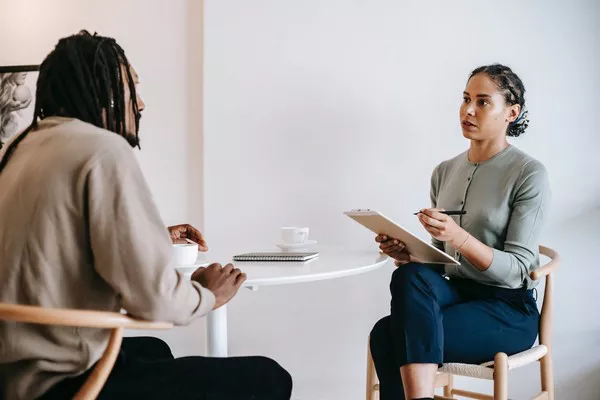Attachment is a fundamental part of human life. It shapes how we connect with others, from childhood to adulthood. When we feel attached to someone, we experience a deep emotional bond that influences our thoughts, behaviors, and feelings. But what does it really mean to be attached to someone? Is it just about love, or is there more to it?
Psychologists have studied attachment for decades, and their findings reveal that it goes beyond simple affection. Attachment involves a sense of security, dependence, and emotional reliance on another person. It affects how we interact in relationships, how we handle separation, and even how we view ourselves.
The Origins of Attachment Theory
Attachment theory was first developed by psychologist John Bowlby in the mid-20th century. He believed that the bonds formed in early childhood play a crucial role in emotional development. According to Bowlby, children instinctively seek closeness to their caregivers for safety and comfort. This need for attachment remains throughout life, influencing adult relationships as well.
Later, psychologist Mary Ainsworth expanded on Bowlby’s work by identifying different attachment styles. Her research showed that not all attachments are the same. Some people develop secure attachments, while others may have anxious or avoidant tendencies. These styles often carry into adulthood, affecting romantic relationships, friendships, and even professional interactions.
The Different Types of Attachment
Secure Attachment
People with secure attachment feel comfortable relying on others. They trust their partners, express emotions openly, and handle conflicts constructively. Securely attached individuals usually had caregivers who were responsive and consistent in their early years. As adults, they tend to have healthy, balanced relationships.
Anxious Attachment
Those with anxious attachment often worry about their relationships. They may fear abandonment, seek constant reassurance, and overanalyze their partner’s actions. This attachment style usually stems from inconsistent caregiving in childhood. Anxiously attached individuals may become overly dependent on their partners, leading to emotional highs and lows.
Avoidant Attachment
Avoidant individuals value independence over closeness. They may struggle with intimacy, avoid deep emotional conversations, and pull away when relationships become too intense. This style often develops when caregivers were emotionally distant or dismissive. Avoidantly attached people might seem self-sufficient, but they often struggle with vulnerability.
Disorganized Attachment
Disorganized attachment is less common but more complex. It arises from traumatic or highly inconsistent caregiving. People with this style may display conflicting behaviors—wanting closeness but fearing it at the same time. Their relationships can be unpredictable, marked by confusion and emotional turmoil.
How Attachment Shapes Romantic Relationships
Attachment doesn’t just affect parent-child bonds—it plays a major role in romantic relationships as well. The way we attach to our partners influences how we communicate, resolve conflicts, and express love.
Secure Relationships
Couples with secure attachments tend to have stable, fulfilling relationships. They trust each other, communicate effectively, and support one another without losing their individuality. Conflicts are resolved with respect, and both partners feel valued.
Anxious-Avoidant Dynamics
When an anxiously attached person pairs with an avoidant partner, challenges often arise. The anxious individual may crave more closeness, while the avoidant partner pulls away. This push-pull dynamic can create frustration, misunderstandings, and emotional exhaustion for both sides.
The Impact of Unhealthy Attachments
Unresolved attachment issues can lead to toxic relationship patterns. Anxious individuals might become clingy or controlling, while avoidant partners may shut down emotionally. Without awareness and effort, these patterns can repeat in multiple relationships, causing repeated heartache.
How to Build Healthier Attachments
While early experiences shape attachment styles, they are not permanent. With self-awareness and effort, people can develop more secure ways of connecting with others.
Self-Reflection and Awareness
The first step is understanding your own attachment style. Do you fear abandonment? Do you avoid deep connections? Recognizing these patterns helps in addressing them. Therapy or journaling can be useful tools for gaining insight.
Improving Communication
Healthy relationships thrive on open, honest communication. Learning to express needs without fear or aggression can strengthen bonds. Active listening and empathy also play key roles in building trust.
Developing Emotional Regulation
Those with anxious or avoidant tendencies often struggle with emotional regulation. Mindfulness techniques, therapy, and self-soothing practices can help manage overwhelming emotions and reduce relationship stress.
Choosing Compatible Partners
Being aware of attachment styles can guide better relationship choices. Securely attached individuals often provide stability, while those working on their attachment issues may benefit from partners who encourage growth.
The Role of Therapy in Attachment Healing
For those struggling with deep-seated attachment wounds, therapy can be transformative. Approaches like attachment-based therapy, cognitive behavioral therapy (CBT), and emotionally focused therapy (EFT) help individuals reframe negative relationship patterns.
Therapists can guide clients in understanding their past, building healthier coping mechanisms, and fostering secure connections. Over time, even those with insecure attachments can learn to form more stable, fulfilling relationships.
Conclusion
Being attached to someone means more than just feeling love—it’s about emotional security, trust, and mutual support. Whether in friendships, family bonds, or romantic relationships, attachment influences how we connect with others.
Understanding your attachment style can lead to healthier, happier relationships. By recognizing past influences and working toward secure connections, anyone can build stronger emotional bonds. Attachment is a lifelong journey, but with effort and awareness, it can become a source of strength rather than struggle.
The way we attach to others defines much of our emotional world. By nurturing secure, respectful connections, we create relationships that enrich our lives and help us grow. Whether through self-improvement, therapy, or mindful relationship choices, everyone has the power to develop healthier attachments—and ultimately, deeper, more meaningful connections.
Related topics:
How Do You Know If You’re Attached to Someone?
What Should I Do If I’m in Love with Someone Else?
Is it Okay to Love Someone Else While in a Relationship?




















